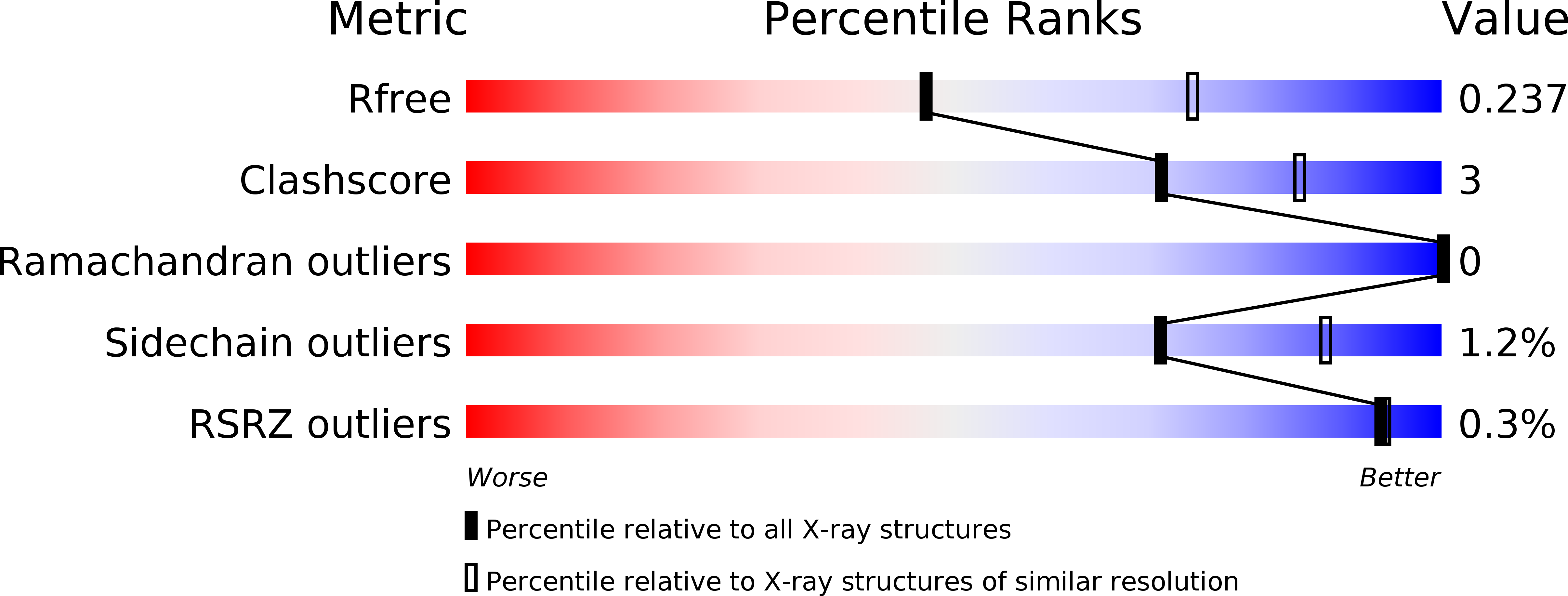
Deposition Date
2014-05-28
Release Date
2015-01-14
Last Version Date
2024-12-25
Entry Detail
PDB ID:
4TKY
Keywords:
Title:
The complex structure of E. coli DsbA bound to a peptide at the DsbA/DsbB interface
Biological Source:
Source Organism:
Escherichia coli K-12 (Taxon ID: 83333)
Escherichia coli (Taxon ID: 562)
Escherichia coli (Taxon ID: 562)
Host Organism:
Method Details:
Experimental Method:
Resolution:
2.50 Å
R-Value Free:
0.23
R-Value Work:
0.17
R-Value Observed:
0.17
Space Group:
P 1


